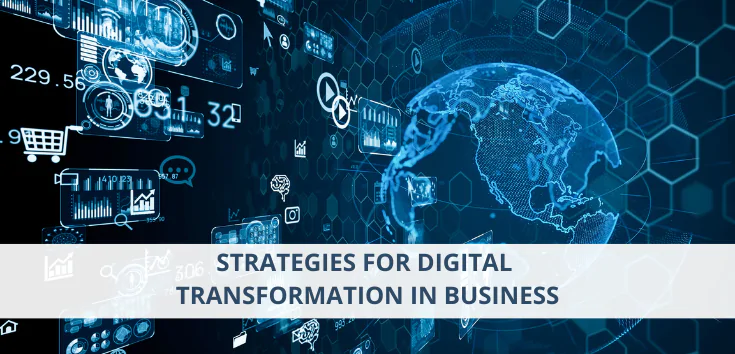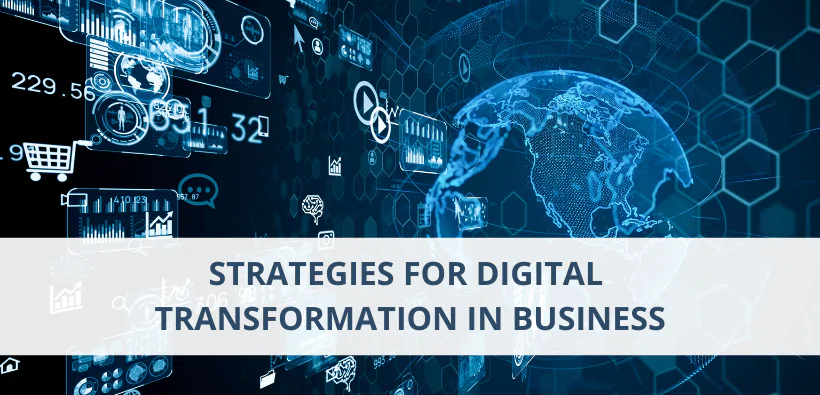In recent years, digital transformation has become a buzzword that is often thrown around in business circles. However, it is not always clear what this term means or what it entails, specifically from the perspective of business consultants.
For this reason, the expert Robert defines “Digital Transformation” and explains its importance in the overall business context, before he looks further into the details of a typical digital transformation strategy project.









